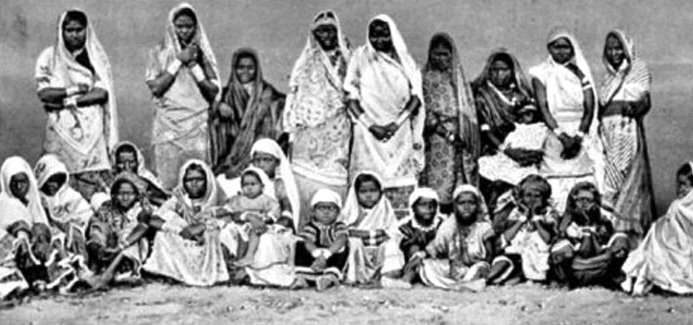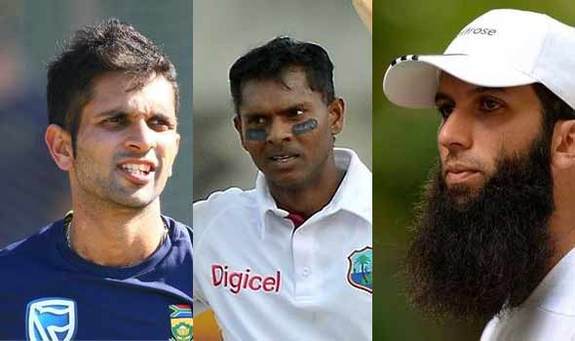Indian subcontinent; land of unique sense and sensibility
Divergence in sense and sensibility of an area owes much to its historiography, which not only results in interpretations of diverse nature of the history, rather produces myriad narratives at odds, leaving people in a sort of free-fall to colour worldviews and interpret today’s events accordingly. There is nothing to be contested if it retains a creative form to look at history in unique and different perspective, barring attempts of making the history a hostageto self-serving interests and breedingpolitics of hostility, animosity and violence. The ‘otherness’ is always inbuilt in history and remains an integral part of it for being a collective asset, called culture, accrued over the period of centuries. The ‘otherness’ and the ‘non-otherness’are parts of history’s indivisible whole. Attempts of dissecting this indivisible whole have produced distorted histories, disfigured sense and sensibilities and mutilated identities, destroying the whole edifice of public consciousness to cripple spatio-temporal existence of the people. The pre-partitioned Indian subcontinent, it may be said, was no exception to that pandemonium in the hall of history.
But one aspect, largely unexplored and immune to this pandemonium hitherto, has been the sturdy and dynamic nature of the history of Indian Subcontinent which has been allowing forexogenous assimilations since long, predicating different events at different times to its creativity on the one hand and retaining its ‘Indianness’, on the other.The history of pre-partitioned Indian sub-continent provides ample evidences of it from medieval eras ofDehli Sultnante, Mughal rule to the most recent British Raj. The evolution of Hindustani language (Hindi and Urdu are political variants of this) and contributions made by Hindus, Muslims, Christians and other faiths to Bhajan, Naat, Hamd in this local vernacular are widely known.But I do not intend to make this point of reference in present discussion now. What I intend to discuss is the legacy of history of Indian sub-continent in the non-Indian regions of Indian Ocean and Caribbean islands, where it appears to have reached zenith of its creativity.
The islands of Mauritius, Trinidad and Tobago, Guyana and Suriname are a few examples to name among others and could be counted as the most significant repositories of pre-partitioned cultural life after the Indian peninsula. Songs in languages of Indian sub-continent are played in streets, its vernaculars are taught in schools, movies and dramas from Pakistan and India are watched as frequently as back at home. A number of MF radio channels, several cinemas and television stations are exclusively devoted to Indian songs, films and plays around the clock. Languages of Indian origin are still part of the cultural and religious rituals and are widely understood. Indian cuisines are part of daily life in these areas.
The impact Indian culture received and made in these areas needs to be explored and studied in order to understand the sturdiness, dynamic, catholic and creative nature of the pre-partitioned Indian culture. The evolution of certain dialects, development of creoles, dressing and cuisines in Indo-Caribbean region and Mauritius, which largely resultedfrom the interaction of the people of Indian origin with these alien places, are of extreme relevance to the present situation in the region.There is a great need for formal mechanism at states’ level whereby study and exploration of Indian legacy in these regions is to be coordinated and knitted with cultural strands back at home in order to understand the dynamics of Indian history and culture on the one hand, and to make it more robust cultural landscape of the global stature on the other. This would promote global and regional peace.
The art and culture being produced in Mauritius and Indo-Caribbean regions provide an excellent opportunity to look at things with non-conservative lenses. The cultural landscape of pre-partitioned Indian peninsula has been creatively heterogeneous; it assimilates exogeneity, predicate it to ‘Indiannness’ and give it a unique Indian form, to ultimately make it a part of its creative heterogeneity. Has the Indian legacy in Mauritius and Indo-Caribbean regions been subjected to similar experiences or it has witnessed something different is the question that has to be answered. But one thing is not as uncertain as is widely believed that Indian culture is endogenous in nature. It is endogenous as long as it predicates exogeneity to give it a unique Indian form and is heterogeneous as its originality in the process of predicationis not bereft.
The history of pre-partitioned Indian peninsula is rife with evidences to prove that Indian civilization and culture have not been suspicious of diversity and been welcoming exogeneity to enhance its dynamics, agility, openness and been creative enough to retain its uniqueness without bereaving the exogeneity of its identity. The case in Mauritius and Indo-Caribbean regions is different or not, but it contains a lesson for the people of pre-partitioned Indian peninsula that their region is home to one of the most dynamic, open, catholic and creative cultures where one has nothing to be afraid of the ‘otherness’. The endogenous and myopic interpretations of history are mere ploys of political expediency, hence, has to be disowned.




